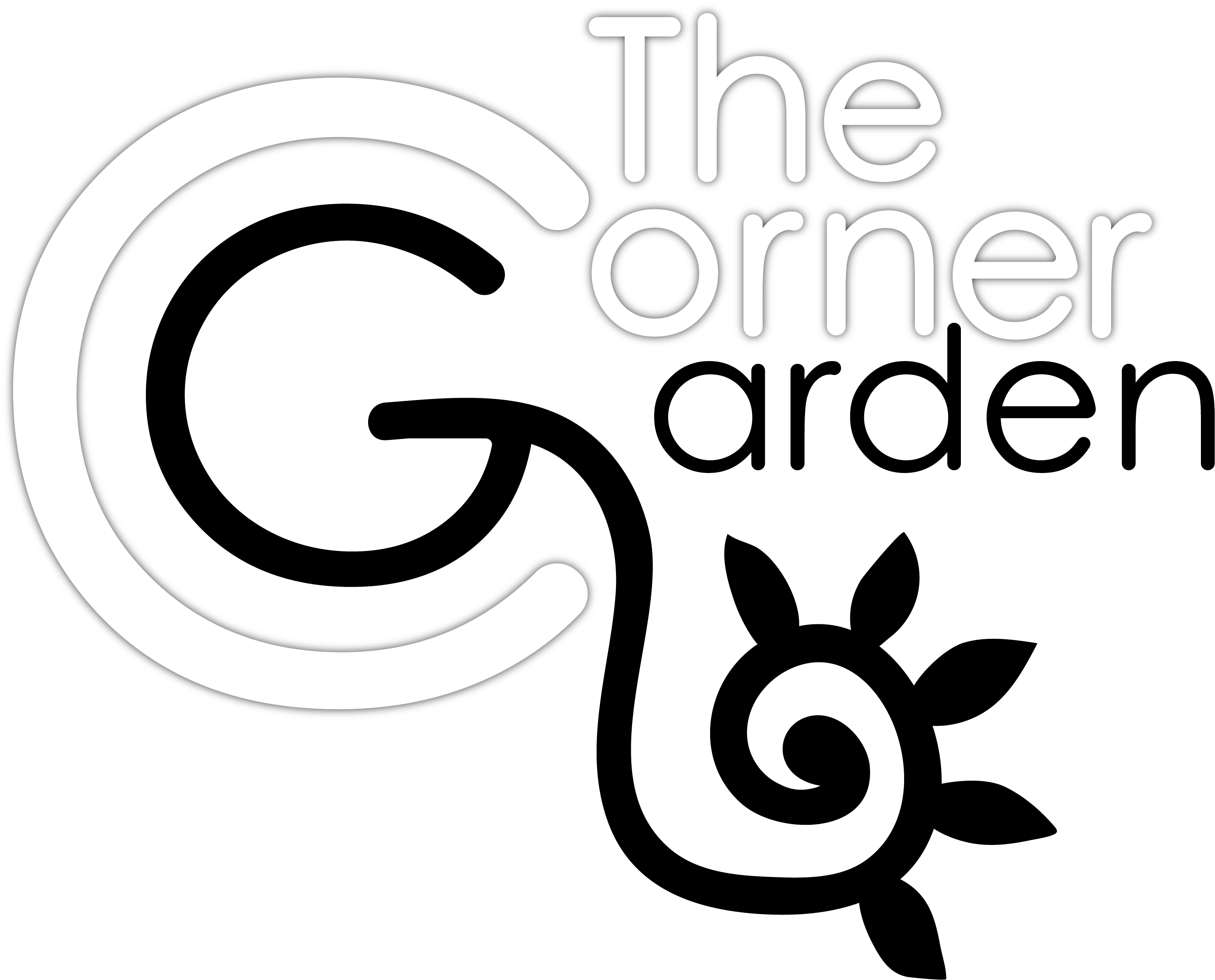Energy Efficient Lighting
What are they?
- Light sources that utilize energy more efficiently, so they can output the same amount of light with less energy usage
- Types of Energy Efficient Lighting
- Halogen Incandescent Bulbs
- Compact Fluorescent Lamps (CFLs)
- Light Emitting Diodes (LEDs)
How do they work
Halogen Incandescent
- Holds halogen gas around the filament, which reduces the amount of wear and tear the bulb experiences
- Least efficient type of lighting on the market
- Although they have lower up front cost, more expensive over the life of the bulb
- Barely meet government energy efficiency standards
Compact Fluorescent Lamps
- An electric current is passed through argon and mercury vapour
- A curled up compact version of the long tube fluorescent lamps
- Pay for themselves in energy savings in 9 months
- Lasts ten times longer than traditional incandescent bulbs
- Uses a third of the energy the halogen incandescent bulb uses
LEDs
- Uses semiconductors to convert electricity into light
- Most energy efficient home lighting
- Use less than a quarter of the energy of a traditional incandescent bulb and last 15-25x longer
- Use a little bit more than a quarter of the energy of a halogen incandescent and last 8-25x longer
- While slightly more expensive, they save lots of money long-term
§ Prices are expected to come down over the coming years as the technology continues to develop
Benefits
• Less energy used (cheaper)
• Less heat given off compared to incandescent bulbs (lower AC costs)
• CFLs and LEDs can be used in outdoor conditions
Challenges
· CFLs contain a small amount of mercury and need to be recycled properly
Other Information
• Average household uses 5% of total energy for lighting, easy place to start saving money in household energy efficiency
